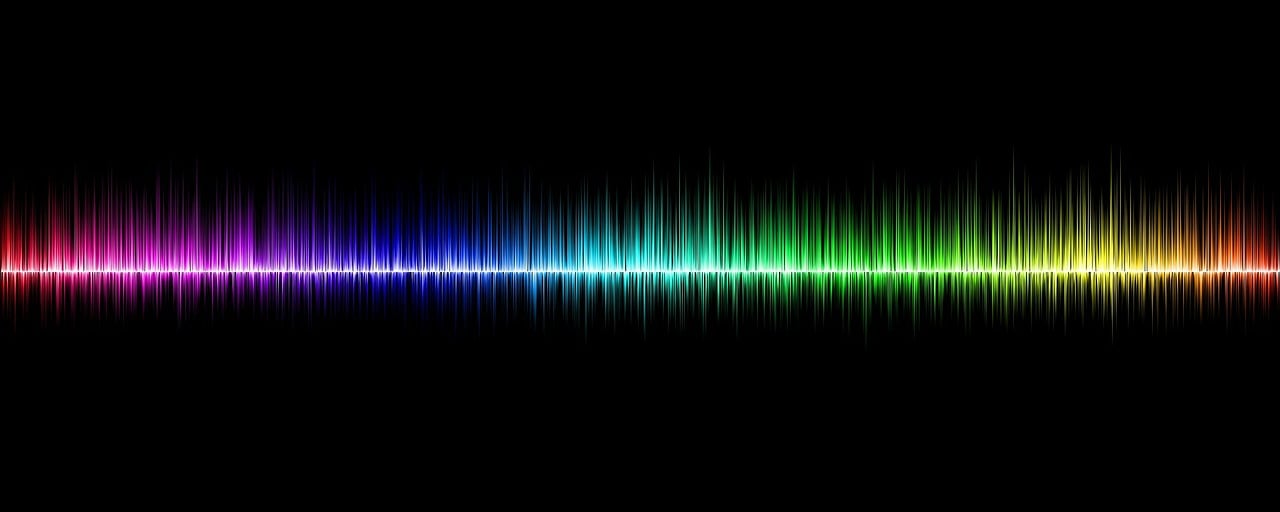To correct an error from last week: this week, I was supposed to be working on microphone signal processing, not LED signal setup, in addition to electronic prototyping.
In our weekly check-in discussion, I got an idea of how microphone signal processing is going to work in the context of our project. My eventual plan to determine the necessary sampling frequency is to test the bracelet microphones by sampling at the higher rate (including all expected overtones) when at a music practice. I hypothesize that the overtone frequencies will tend to be softer/have smaller amplitudes, which will reduce the frequency range we would have to work with and therefore our required sampling speed as well.
Some of my progress is on schedule, while other parts are behind.
The on-schedule elements are as follows. I wrote the logic for the ratio of microphone decibel values affecting the color of each LED when in directionality mode. When in directionality mode, the LEDs light according to a dB value that is a weighted average of the dB value for either direction (the weights differ depending on the LED’s location relative to either microphone). The farthest and second-closest LEDs from the Beetle on each side will display the color value corresponding to their side’s microphone input, while the LEDs closest to the Beetle will display a color value corresponding to ⅔ of their side’s microphone value added to ⅓ of the other side’s microphone value. When not in directionality mode, all LEDs will display a color corresponding to the average of the two microphone input amplitudes. The logic for determining direction already exists (I believe last week’s “how determining direction… will work” was in the context of LED colors?). For the record, it takes the ratio of the amplitude from each microphone input and assumes that a sound equidistant from each mic will have a 1:1 L:R ratio, while a sound completely from the left or right will have a ratio of X:1 or 1:X (X being the maximum ratio). It then scales based on the ratio of input amplitudes to find an angle value between these. X will be iterated on during directionality testing.
I am behind on establishing the Beetle-Bluetooth connection. According to https://github.com/espressif/esp-idf/issues/6550, in order to establish a connection to my phone with the correct security, I need to turn on secure simple pairing or change the mode to mixed mode; I need to research if it is recommended to change these features of the Beetle’s Bluetooth module. Further research suggests that it would be useful to connect to the Beetle through a third-party app (https://wiki.dfrobot.com/DFRobot_Bluetooth_4.1__BLE__User_Guide#target_2 states that it is required for Bluetooth 4.1, and our Beetle uses Bluetooth 5), but none of the apps I tried could recognize the Beetle.
Tasks that depend on having the PCB are also behind. The PCB is scheduled to arrive on Tuesday. Once the PCB is assembled, I plan to continue work on electronic prototyping (including researching the Beetle-Bluetooth issue) and microphone signal processing. I will also help with testing the webapp if necessary and with visualizing decibel readings if time permits.
